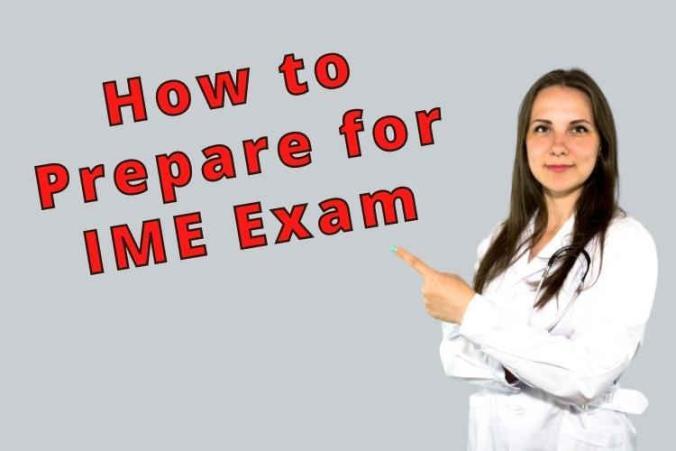Figuring out when to retire is always a big decision. Even if you don’t have an open workers’ compensation claim. However, retiring with an open L&I claim is even more complex. In fact, if you voluntarily retire while you have an open L&I claim, it can have serious impact on your L&I benefits.
Retirement during an L&I claim
The term Voluntary Retirement has a special meaning in workers’ compensation claims. Under WAC 296-14-100, you are “voluntarily retired” if:
- You are not getting salary or wages from gainful employment; and
- After your retirement, you don’t show any real attempts to go back to work.
Voluntary retirement can have negative effects on your L&I claim benefits. Specifically, under RCW 51.32.090(10), if L&I “determines that the worker is voluntarily retired and is no longer attached to the workforce”, then they won’t pay temporary total disability benefits. Moreover, under RCW 51.32.060(6), the same rule applies to permanent total disability benefits. That means, if a person voluntarily retires, they won’t receive L&I pension benefits.
Can I retire because of a work injury?
There are important nuances to the rules above. For one, a work injury claimant isn’t “voluntarily retired” when a proximate cause for their retirement is a workplace injury or occupational disease. What does it mean? If at least one reason for your retirement is directly because of your work injury, then your retirement isn’t “voluntary”.
Some people have severe disabilities because of their industrial injury or workplace illness. They can never return to work. These people may be eligible for an L&I pension. A pension is essentially a lifetime annuity. People that receive pension benefits under their L&I claim can also collect retirement money. Therefore, it’s usually better to make retirement decisions after L&I decides if you have permanent total disability.
Documenting your retirement reasons
However, delaying retirement isn’t always possible. Also, sometimes, it’s not practical. There are many reasons why people retire before L&I decides on permanent total disability. Unfortunately, in my experience, L&I usually assumes the retirement was “voluntary”. That is, if it happens while the claim is open and active. Yet, this assumption is often wrong. Many times, it’s not easy to decide if the retirement fits the legal definition of “voluntary retirement”. This is especially true when the retirement facts and circumstances are not well-documented.
Some people choose to retire while their claim is open. If the retirement has nothing to do with your work injury or disease, be ready to lose your time-loss benefits. Furthermore, you will not receive an L&I pension. But, if your decision to retire is based (at least in part) on the work injury or workplace illness, then you must document all claim-related reasons.
In summary…
If you retire with an open L&I claim, you’ll probably be giving up some benefits. You should seriously think about whether to retire while your workers’ comp claim is open. Make sure you understand the rules and consequences. I tried to explain some of the considerations in this article. However, retiring during an L&I claim is not a simple matter. Hence, I always recommend speaking with an experienced workers’ compensation attorney before making any retirement decisions.


